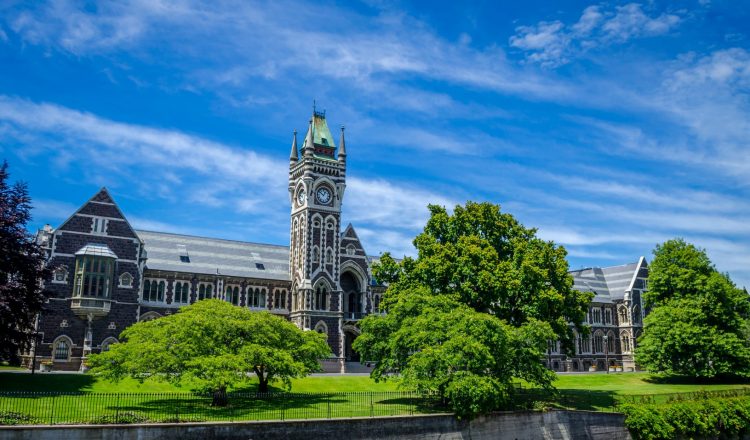Code of Practice – Caring for International Students
When you come to New Zealand to study as an international student, education providers have a responsibility to ensure that you are well informed, safe and properly cared for. In New Zealand we call this ‘pastoral care’. You are entitled to be treated fairly, at all ages and at all levels of education.
To support this, the New Zealand government has developed the Education (Pastoral Care of International Students) Code of Practice 2016 (the Code).
The purpose of the Code
The Code describes the minimum standards of advice and care that you can expect as an international student. It provides a complaints procedure that you can follow if you have concerns about the pastoral treatment you have received from an education provider or from the agent of a provider. The Code does not apply to concerns about academic standards.
Only education providers who are signatories to the Code are allowed to enroll international students. NZQA maintains a register of all signatories to the Code.
Get a copy of the Code
www.nzqa.govt.nz/providers-partners/education-code-of-practice/
If something goes wrong
Your education provider must treat you in a way that meets the requirements of the Code. If you have concerns about the way you have been treated by your education provider or by an agent of your provider, your first step is to talk to someone at the provider where you are studying.
- If you are studying at a primary, intermediate or secondary school, talk to the Principal, the international student director, or another person who is responsible for dealing with complaints.
- If you are studying at a tertiary education provider, your student handbook should tell you who will help you to resolve your complaint.
Your provider must have a complaints process in place for you to go through, and they must tell you what that process is. Follow your provider’s complaint process to see if your concerns can be resolved by the provider.
If your education provider has not resolved your concerns, you can make a complaint to NZQA. NZQA is part of the New Zealand government.
NZQA will make an independent assessment of your complaint and then:
- investigate your complaint, or
- refer your complaint to someone else who can better help you, or
- advise you about any other options.
NZQA’s website provides information about making a complaint to NZQA.

















































